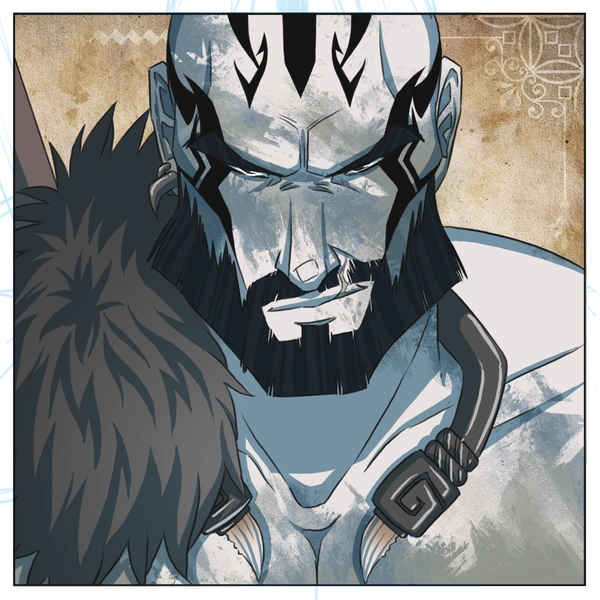In some RPGs, like Break! and Outgunned: Adventure, there's a character "class" that's more of a supportive everyman type (a Sam Gamgee).
It would be interesting if 5e had such a class with "heart" and an almost stubborn loyalty. Lots of practical skills (cooking, mending, socializing etc.) to the point of almost being magical but not blatantly being so.
Abilities like:
- Once per rest can pull out a useful albeit mundane item out of their backpack for free to help overcome a challenge or obstacle
- Can essentially become "invisible" during a combat scene because they're deemed totally unthreatening to the opposition (until they make an attack roll with a frying pan or rolling pin)
- Has improved proficiency with Improvised weapons (said frying pan, wrench or rolling pin)
- bonuses to social encounters with "everyday" folk, kind of like the old Folk Hero Background trait
- can Help as a bonus action in combat (eg shouts "look out!" to the Fighter)
Stuff like that. Could be fun!

